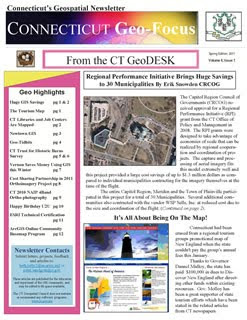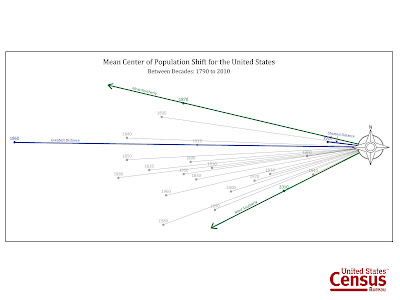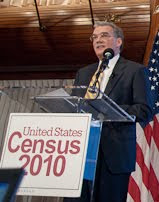A Talk about Geospatial Law and Public Policy with Peter C. Schreiber
Managing Attorney, Esri
(Environmental Systems Research Institute, Inc., www.esri.com)
Friday, April 8, 1-3pm
Yale Law School, Room 122
Pete will discuss current and future legal and public policy implications facing geospatial technology, the GIS industry, and GIS users.
The discussion will focus on the expanding application of geospatial technology relative to contracts and licensing law; tort law including mission critical applications and navigational guidance; software patents, “copyrightability” of GIS data and the battle between copyright and public records laws; the availability of geospatial data in the post-9/11 era under FOIA and Public Records acts; the 4th Amendment and GPS tracking and redistricting; geopolitical boundary controversies; geo-locational privacy; and the potential legal liability risk exposure that these topics bring. This presentation should prove to be very thought-provoking.
Q&A session to follow.
Speaker Bio
Peter C. Schreiber is the Managing Attorney for the Contracts and Legal Services Department of Environmental Systems Research Institute, Inc. (Esri). He is Guest Lecturer at the GIS Master Program at the University of Redlands, and has also been an Adjunct Professor at the University of California, Riverside Extension and where he has developed and taught a class entitled The Digital Information Age: Law and Public Policy that explores GIS and other high technology-related legal issues. He is currently working on a legal casebook tentatively entitled Geospatial Law and Public Policy. One federal government agency considers him one of the top three legal practitioners in the area of map law in the country.
Mr. Schreiber is a member of the State Bar of California and the American Bar Association, and a member of the Intellectual Property Law sections of each organization. His practice areas include intellectual property, licensing, data rights, and related transactional business matters including mergers and acquisitions. He received his Juris Doctorate from the McGeorge School of Law, University of the Pacific in Sacramento, California, and has a Bachelor of Science degree with an emphasis in Marketing Management from the Walter A. Haas School of Business Administration, University of California, Berkeley.
Co-sponsored by Yale Law School & The Yale Information Society Project
http://www.law.yale.edu/intellectuallife/informationsocietyproject.htm
to download a copy of this announcement in Word Doc format, CLICK HERE.




